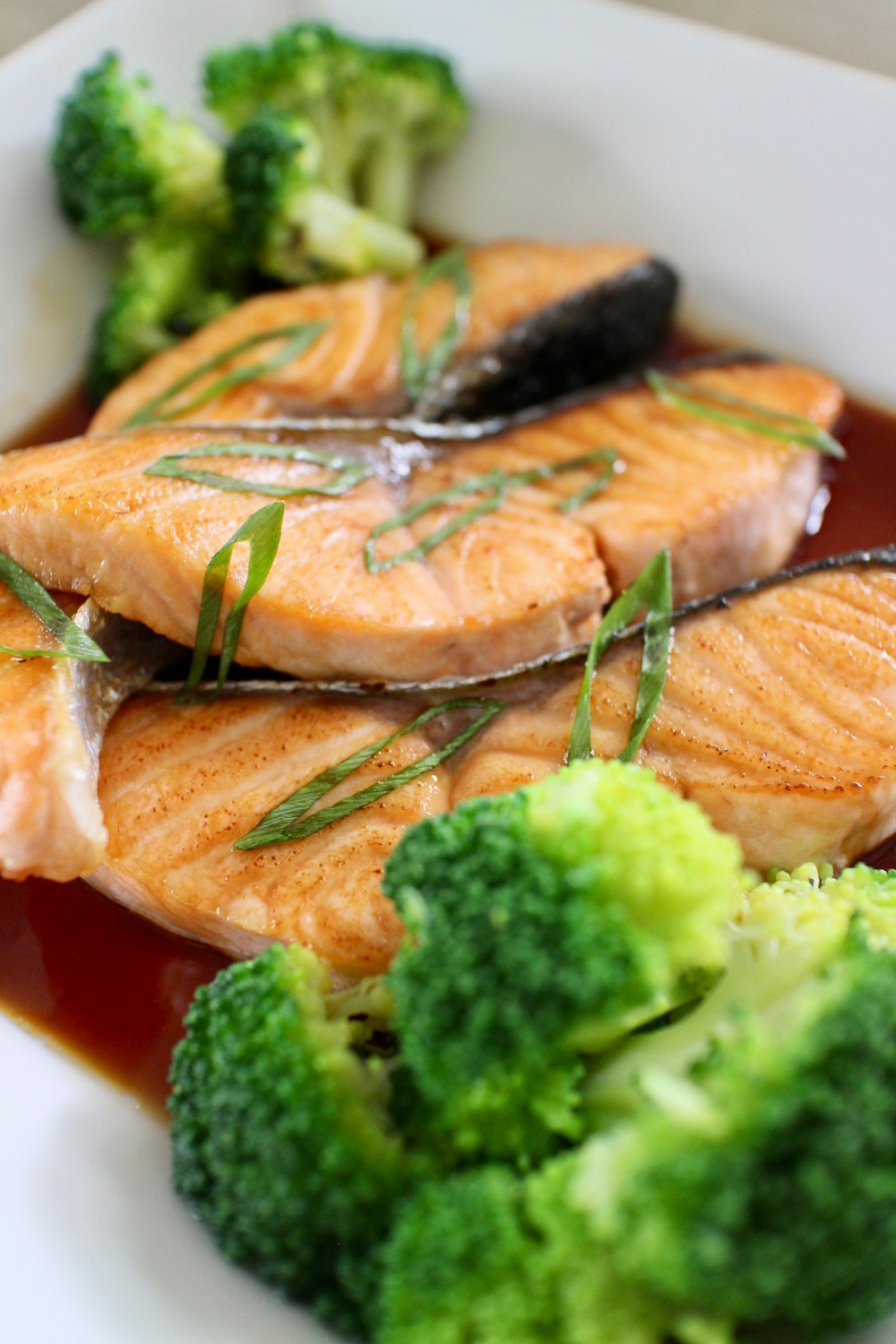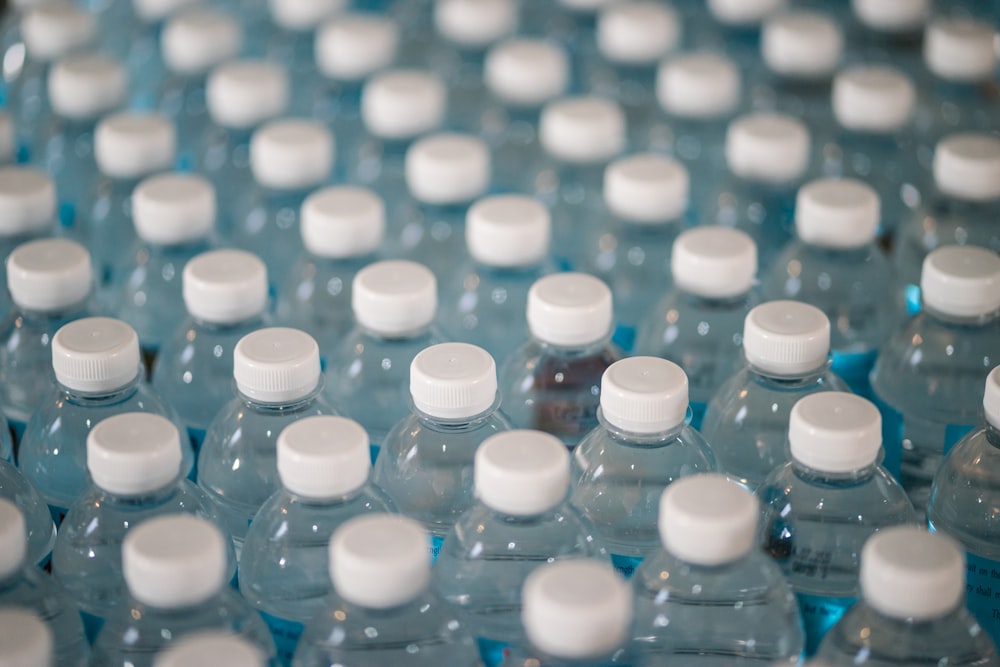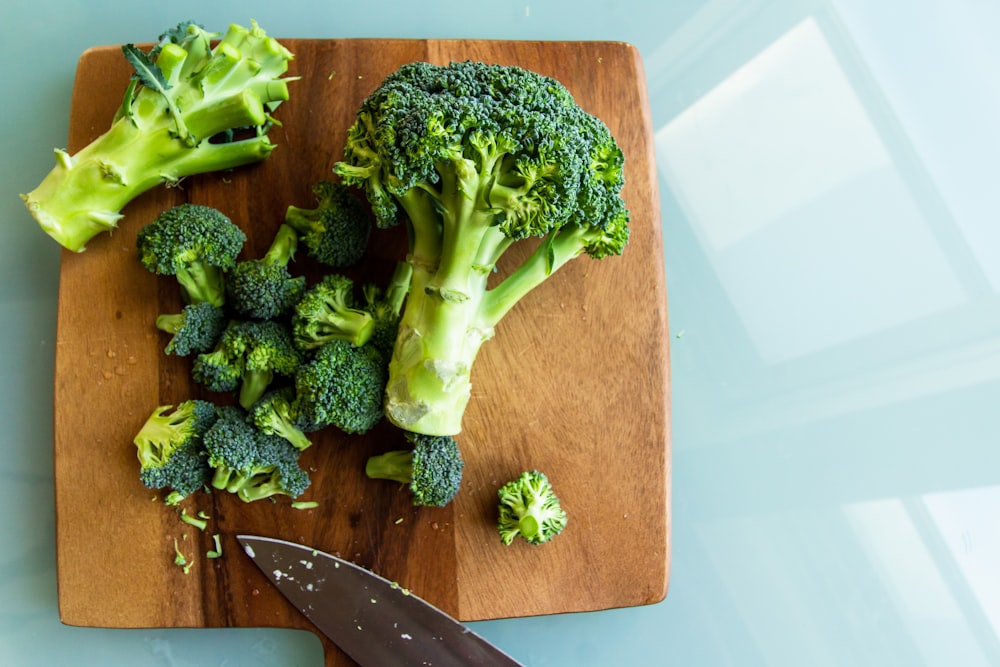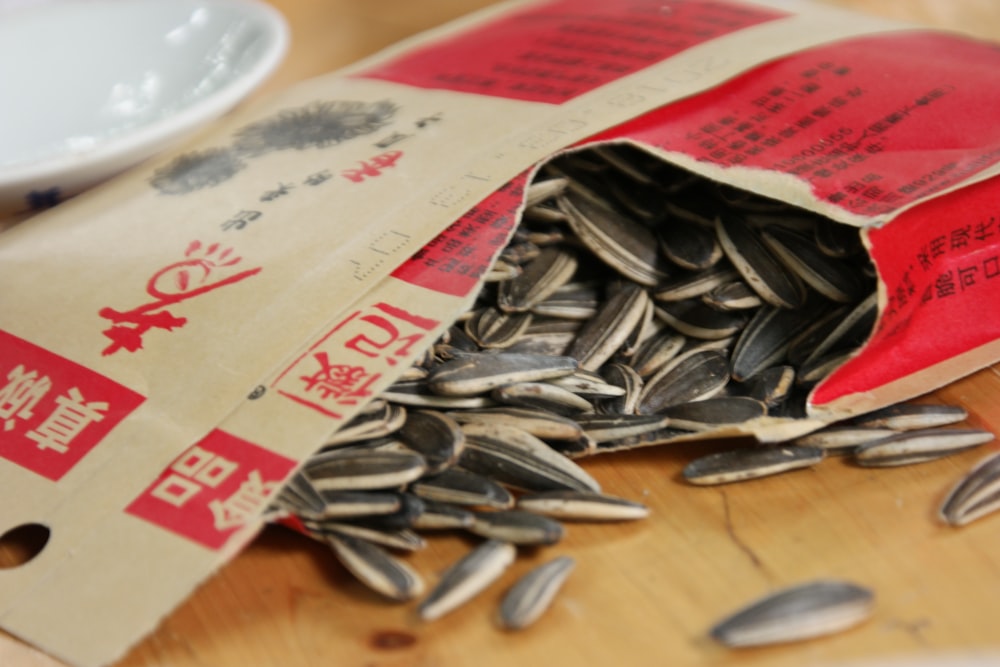Tips to Keep Your Hormones in Balance

There are several factors that can cause sudden hormonal fluctuations and changes. Menopause is one, and it can be due to external reasons such as stress and certain medication in some cases. However, some people experience irregular hormonal imbalances. This imbalance may also be a result of a medical condition that affects the endocrine system or organs that are involved in hormonal balance. It could be related to a malfunctioning organ or altered regulatory process.
‘Do you need regular hormonal replacement therapy to keep your hormonal levels in balance?’ or ‘Are there other natural ways to maintain the normal levels?’ These are just some of the questions that we will try to answer in this article. But first, let’s review some basics about hormones.
What are Hormones?
Various cells in the human body produce and secrete special chemical substances, known as hormones. Hormones affect the activity of other systems in the body. Depending on the type of hormone, it can serve as messengers, triggers, controllers, and coordinators of specific processes in the body.
Why Do We Need Hormones?
One system that uses hormones is the reproductive system. The reproductive cycles of both males and females are controlled by the interaction of these substances. In both sexes, a small region of the brain (called the hypothalamus) monitors and regulates the release of these hormones from the pituitary gland.
When a hormone is needed, the hypothalamus sends signals and an area in the pituitary gland releases hormones into the blood. This is how the interplay of the hormonal cycle and hormonal control of human reproduction typically occurs in an adult female reproductive system. Other hormones have specific functions in the various systems and organs in the body.
What Causes A Hormonal Imbalance
Here is a list of the most common reasons that may result in hormonal fluctuations and imbalances:
- Chronic stress
- Inactivity
- Lack of sleep
- Malnutrition
- Nutrient deficiencies
- Overactive or underactive glands
- Overweight or obesity
- Poor diet
- Presence of toxins or endocrine-disrupting chemicals and substances in the body
- Prolonged inflammation in the body
How to Keep Your Hormones in Balance
While every adult reaching menopausal age experiences hormonal fluctuations or imbalances at some point, there are also ways to keep it in balance. Among them include:
Balance your stress levels
Constant stress is really bad news. It not only impacts mental and emotional health negatively but also affects the reproductive system. It can either induce hormonal balance, if not exacerbate its effects. Research says that keeping the stress levels in balance can help improve hormonal levels.
So, if you want to not worry about hormonal imbalances and associated signs and symptoms, maybe you could benefit from de-stressing. You could try some yoga, doing deep breathing techniques, petting your cat while it purrs, or even enjoying a few minutes’ walk with your dog outdoors.
Address toxicity in your body
Our bodies continuously experience exposure from different kinds of toxic materials from the environment, unhealthy ingredients from processed foods we eat, or even harmful chemicals from products we use daily and put in our bodies. Chemicals are everywhere, and many of them are substances that can disrupt hormone production, regulation, and release.
Among these harmful chemicals or toxins are xenoestrogens, which are chemical compounds that copy one of the hormones in the body, impacting the production and release of other hormones of the reproductive system. Another chemical is called bisphenol A (BPA), found in some plastic products, including food containers, water bottles, and other plastic products. Researchers say that BPA can impact and alter several hormonal pathways.
Other hormonal disruptors include phytoestrogens, dioxins, phthalates, triclosan, perchlorate, polyfluoroalkyl Substances, polybrominated diphenyl ethers, and more. So, if you come across product labels with any of these chemicals/substances, maybe you should try to avoid them.
You could also spend some time rejuvenating your body. Start by finding the best ways to cleanse and detox towards healthy ageing.
Get enough sleep
The internal process in your body regulates the sleep-wake cycle. This process is called the circadian system. Changes in this internal process and sleep quality can impact hormones and contribute to imbalances and fluctuations. Getting enough sleep can be a challenge in our present society, which is why trying some sleep hygiene can help, such as taking a warm bath before going to bed, turning off electronics, or listening to relaxing sounds. You can also consider doing something like setting up your gadget to play sounds like rainfall, or waves, or chirping birds—whatever it is that may help you fall asleep.
Prevent inflammation in the body
Fluctuations in hormonal levels can cause inflammation, which can also make changes and disruptions in the production of other hormones. One way to prevent inflammation in the body is to avoid foods that may trigger the inflammatory process and consume foods that have anti-inflammatory properties. For example, you can add fish in your diet that has omega 3 fatty acids.
Get regular exercise
Exercise, of right amount and kind, can positively impact the level of hormones in the body. In one study, researchers found that progressive resistance training can have a beneficial effect on men’s testosterone. Interestingly, several papers also suggest that both cardio and resistance training have similar effects on women’s sex hormones.
Hormones influenced by exercise and a good fitness routine include cortisol, estrogen, human growth hormone, irisin, and testosterone.
Take hormone support supplements
Consider taking supplements. But remember that supplements such as hormone support are meant to do just that: support. So, when we say that you should consider taking supplements, we do not suggest that you replace it with good health habits.
Supplements can provide you with nutrients, vitamins, and minerals. They can also help promote healthy levels of hormones.
One example of a hormone supplement that women can take is Applied Science Nutrition’s Hormone Support Supplement, which contains natural herbs and extracts to help promote healthy levels of women’s hormones.
It can aid in balancing irregularities or fluctuations and provide the foundation for optimal hormonal and nutrient coverage, along with proper nutrition and a healthy lifestyle. Also, always consult with your physician to determine your specific nutrient and hormonal supplement needs.
Keep your gut healthy with probiotics
The digestive system plays a vital role in keeping and absorbing nutrients from the food we eat and the supplements we take. One way to keep your intestines strong and healthy is to maintain a healthy gut environment with probiotics.
Emerging research and various scientific case studies indicate that the probiotics (gut microbiome) play a significant role in estrogen levels regulation in women. Other papers even mention Gut–Hormone Connection, stating how microbes in our gut influence estrogen levels.
When the microbiomes in the intestines are healthy, estrogen homeostasis can be maintained, and in turn, it could help decrease the risk for developing estrogen-related problems such as polycystic ovary syndrome, endometriosis, and breast cancer to name a few. In fact, keeping the gut microbiomes healthy may be one of the critical factors for preventing and possibly reversing estrogen-related conditions.
For adult women, especially those in menopausal transition, taking Total Gut Solution (Probiotic) supplements may help reduce the signs and symptoms of menopause and osteoporosis. Along with hormone support supplements, it may also help in strengthening the bones and prevent further bone loss.
Eat foods that can help keep your hormones in balance
Another incredibly helpful tool that can deal with hormone imbalances is a well-balanced diet. Here are the best hormone balancing foods that you can include in your diet to avoid imbalances and fluctuations:
Broccoli, cauliflower, kale
Broccoli and other cruciferous vegetables including Brussel sprouts, cabbage, and other greens are rich in glucosinolates. Glucosinolates are compounds that help eliminate and neutralize toxins in the body.
Besides this toxin-fighting compound, these vegetables also contain fibre which aid in the elimination of excess hormones through regular bowel movements.
Flax Seeds
According to research, flax seeds are associated with improved hormone metabolism and slight increases in estrogen levels. Researchers also found a link between flax seeds and their positive effects in reducing vaginal dryness, fewer hot flashes, other signs and symptoms of menopause-related conditions. Furthermore, some professionals say that it can help promote the overall quality of life in both menopausal and postmenopausal women.
Flax seeds also contain omega-3 fatty acids that work as anti-inflammatory agents, as well as phytoestrogens, which mimic some of the effects of the hormone estrogen metabolism. Thus, help improve and prevent issues that may induce hormone disruptions and fluctuations.
Lentils
Lentils are legumes that are packed with nutrients including protein and folic acid. Protein is an essential nutrient for the production of hormones, especially testosterone in men. Although only experimented in rats so far, researchers examined how a low-protein diet impairs the testosterone output, as well as energy metabolism in male rats. The results support the speculation that protein restriction can impair pathways in the neuroendocrine system that has an effect on insulin resistance, dyslipidemia (abnormal amount of lipids in the blood), and various disrupted responses of the endocrine system in adult rats.
Folic acid, on the other hand, may have an effect on sperm count in men. One study even showed that a combined supplementation of zinc and folic acid helps increase total sperm count in both subfertile and fertile men by 74%.
Soy and Organic Tempeh
Soy is a unique food widely used for its many health benefits. It has both estrogenic and anti-estrogenic effects. Soy sources like organic tempeh and miso may even help reduce the risk of developing breast cancer.
However, the source of soy is also important and some, like fermented kinds, including miso and tempeh, can also provide benefits to the digestive system. In particular, they both help improve digestion, by providing beneficial probiotics. Probiotics balance the digestive flora (helpful and good microorganisms living in the gut), thereby reducing enzymatic activities that are associated with estrogen-related cancers.
Sunflower Seeds
Sunflower seeds are thought to have high levels of vitamin E, which has been associated with boosting progesterone levels in women. Although there is little scientific research that supports the exact relationship between the improved hormonal balance in women and the consumption of sunflower seeds, it doesn’t mean it doesn’t work. Currently, sunflower seeds have been used as the main food in a therapy called ‘seed cycling’, or the practice of consuming plant seeds during the two main phases of women’s menstrual cycle. Other seeds recommended for seed cycling therapy are: flax seeds, pumpkin seeds, and sesame seeds.
Seed cycling is a non-invasive therapy, which makes it popular for many women, including those in the post-menopausal stage. It is believed to help promote the healthy balance between the hormones estrogen and progesterone. It's a completely natural way that aids in the reduction of the symptoms of post-menopausal syndrome, promotion of fertility, and stimulation of menstruation in women with amenorrhea (or absence of menstruation). It also helps alleviate other signs and symptoms associated with hormonal imbalances.
Seed cycling is also used by individuals who experience:
- Dysmenorrhea
- Premenstrual syndrome (PMS)
- Post-birth control syndrome symptoms, and
- When coming off of hormonal birth control pills or injections
This alternative form of therapy is perfect for those who want to balance hormonal fluctuations and problems in a natural, gentle way.
WHAT IS SEED CYCLING
To briefly discuss seed cycling, you must first get a quick info about the two main phases of women’s menstrual cycle.
On average, the menstrual cycle lasts for 28 days. The first 14 days or first half of the cycle (just divide your usual menstrual cycle period) makes up the follicular phase. Then, the following 14 days or the remaining half makes up the luteal phase. If the levels of your hormones are balanced, the hormon estrogen estrogen rises during the follicular phase (first half of your menstrual cycle), and the progesterone levels rise (as estrogen levels slowly decline) during the luteal phase or second half of your cycle. An imbalance between these hormones (estrogen and progesterone) can contribute to conditions such as premenstrual syndrome (PMS) symptoms: acne burst, short luteal phases, anovulation, irregular cycles, menstrual cramps, and amenorrhea.
In general, seed cycling can be summarized by adding the following specific seeds in your diet:
DURING THE FOLLICULAR PHASE
As a review, this phase is the first half of your menstrual cycle, usually day 1 to day 14, in women who have a 28-day menstrual cycle. This is also the menstruation to ovulation period.
Seeds in the follicular phase include:
- 1-2 tablespoons pumpkin seeds (grounded)
- 1-2 tablespoons flax seeds (grounded)
DURING THE LUTEAL PHASE
The second half of your menstrual cycle, usually day 15 to day 28, in women who have a regular 28-day menstrual cycle. This is also the ovulation period to menstruation period.
Seeds in the luteal phase include:
- 1-2 tablespoons sunflower seeds (grounded)
- 1-2 tablespoons sesame seeds (grounded)
THE NUTRITIONAL COMPONENTS YOU CAN GET BY SEED CYCLING INCLUDE:
Lignans from sesame seeds may help block the excess estrogen during the second phase (luteal) of the menstrual cycle when it’s supposed to decline as the progesterone rises. The study says that sesame seeds are also helpful by boosting antioxidants, improving blood lipids and production of sex hormones for postmenopausal women. (4)
Omega 3 fatty acids have many benefits. Besides maintaining your heart health and weight loss, omega 3 aids in keeping your reproductive system healthy. Study says that Omega 3 promotes the healthy flow of blood to the organs of the reproductive system such as the uterus, aid in maintaining healthy cell membranes and increase progesterone secretion. Sources of omega 3s include flax, pumpkin, sesame, and sunflower seeds.
Sunflower seeds are high in selenium. Its main goal is to support the estrogen detoxification in the liver. Research says that plant consumption and liver health are closely linked. Furthermore, this process helps reduce the excess estrogen during the second phase of the menstrual cycle when progesterone rises and estrogen does otherwise.
While additional case reviews and research are needed to confirm the findings, researchers say that vitamin E plays a role in the reduction of Premenstrual Syndrome (PMS) symptoms. In one particular study, vitamin E has been reported by the researchers to provide beneficial effects as an antioxidant against certain reproductive disorders. You can get vitamin E from sunflower seeds and hormonal supplements.

Both sesame seeds and pumpkin seeds have high levels of the mineral zinc. This nutrient helps improve the formation of the mass of cells that forms in a female’s ovary, called the corpus luteum, which is located in the uterus. These cells are also responsible for producing progesterone during early pregnancy and stimulate the uterus to thicken as preparation for potential implantation of a fertilized egg.
It is important to note, however, that you seek your family physician’s approval when planning to start seed cycling. Some women have an allergy to nuts included in the seed cycling regimen and it may also be contraindicated to those who take certain prescribed medications.
Also, seed cycling affects women differently, and it might take time for the therapy to work in the body. In most cases, seed cycling usually takes effect after at least three months of daily use. It might also help to keep notes to track down the duration of the menstrual cycle, as well as the symptoms or body changes while doing the therapy. Tracking down the signs and symptoms can help you identify the benefits and the shifts happening over the months.
Sweet Potatoes
Study says that sweet potatoes have estrogenic effects in women. This means that eating sweet potatoes or yam can improve the levels of sex hormones. In the study, researchers also found out that sweet potatoes or yam can also improve the status of antioxidants and lipids, possibly reducing the risk of cardiovascular diseases or breast cancer in postmenopausal women.
Wild Salmon
Salmon is high in Vitamin D, which has been associated with the production of sex hormones in both men and women. Also, research says that suboptimal levels of vitamin D in the blood increase the risk of problems in bone health and immunity.

So, if you want to increase your serum vitamin D levels and decrease the risk for bone and immunity problems, you may want to add wild salmon to your diet.
Get a Hormone Support Cookbook!
To support your reproductive health without enduring bland and tasteless foods, you can check out the following hormone solution cookbook, which has recipes that can help keep your hormones in balance.
This cookbook includes meal plans and recipes, which women in their 40's, 50's, and 60's are able to eat as they continue a healthy lifestyle!
KEEP IN MIND:
This article on tips and tricks to keep your hormones in balance, including all the videos, texts, images, and other documents are intended for informational purposes only. It is not created to replace a professional medical advice, recommendations, and treatment.
We recommend seeking a diagnosis from a licensed medical doctor for concerns regarding possible medical problems and health issues. You can redirect all your questions about any signs and symptoms related to your current hormonal levels or other matters related to this post. Please book an appointment with your family physician and remember not to disregard nor delay any doctor’s visit due to something you have read from this post or any articles on this website.
ALWAYS SEEK YOUR PRIMARY PHYSICIAN’S ADVICE
If you believe that you may be experiencing a medical or surgical emergency, dial 911 immediately or rush to the nearest emergency department in your area. Applied Science Nutrition does not recommend any specific prescription medications, tests, procedures, physicians, opinions, or other related information that may be brought up on any articles on this website.
Applied Science Nutrition will not be responsible for any of the claims and statements of various education companies, especially external website links provided in the article. Also, reliance on any of the information mentioned by this website, including links to various educational sites, research, case studies, and other content is solely at your own risk.










